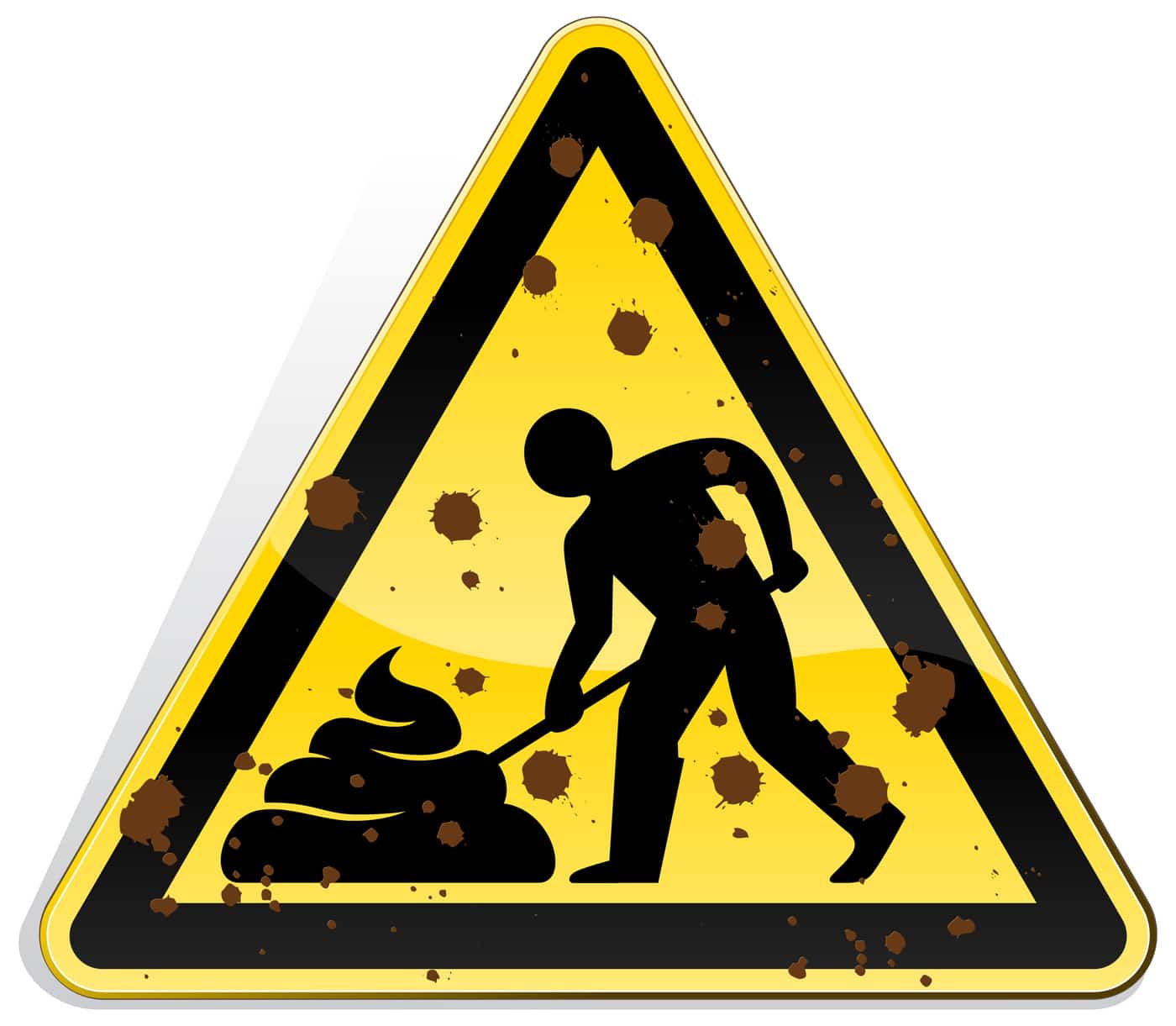As part of the annual WorkSafe Week, WorkSafe‘s Ian Forsyth presented the organisation’s OHS strategy to a large crowd at the Melbourne Convention Centre on 28 October 2012.
Harmonisation
Clearly Forsyth anticipated questions about the Victorian Government’s decision not to implement the model Work Health and Safety laws that will exist in all but two States and territories from 1 January 2013. He stressed that the government is adamant that the WHS laws will not be introduced “in the foreseeable future” and therefore Victorians need to refocus on compliance with the existing Victorian laws. He effectively shutdown any discussion on those laws before they started. The laws are off the Victorian table so let’s start working with what we have.
His stance has great significance for Victorian businesses and almost projected isolationism as a positive move. Part of his, familiar, justification was that the model WHS laws were based largely on the Victorian occupational health and safety laws and so there is little need to change, particular if the change would increase the regulatory cost burden to Victorian businesses. Continue reading “Challenges for WorkSafe Victoria at WorkSafe Week”

